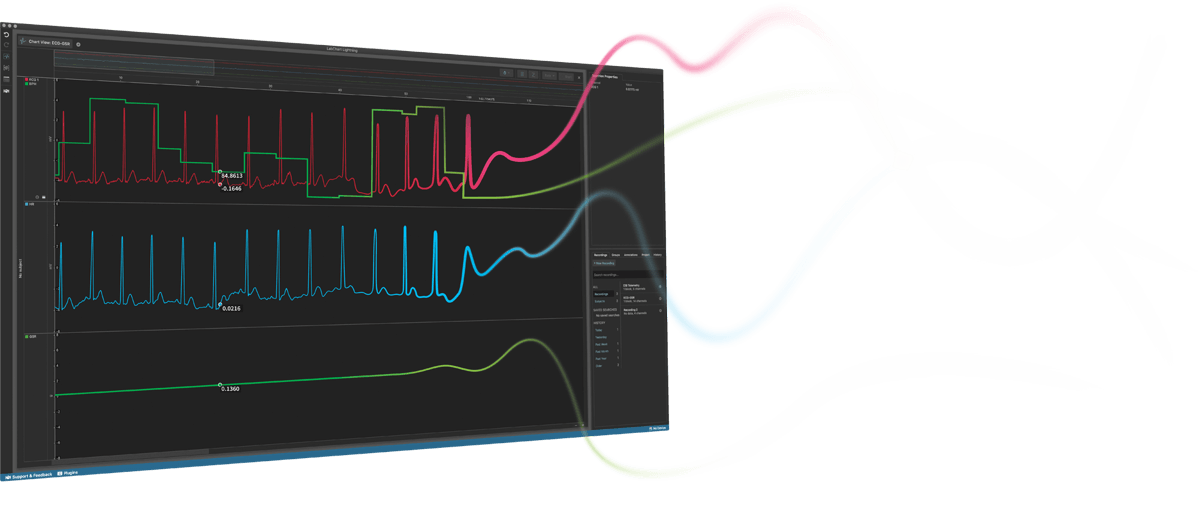Pulse oximetry or oximetry is a non-invasive method, which relies on the light absorption characteristics of saturated hemoglobin and thus allows monitoring of the oxygenation of a subject's hemoglobin. Oximetry involves placing a sensor on a thin part of the subject’s anatomy such as a fingertip or earlobe, and light containing both red and infrared wavelengths is passed from one side to the other. These light waveforms are transmitted by a semiconductor light emitting diode and detected by a photodetector.
Oximetry determines SpO2 by analyzing two wavelengths of light (660 nm and 910 nm) that are differentially absorbed by specific hemoglobin structures in the blood. Oxygenated hemoglobin (HbO2) absorbs more infrared light and allows more red light to pass through. Deoxygenated hemoglobin (Hb) absorbs more red light and allows more infrared light to pass through. The relative absorption of these wavelengths reflects the ratio of oxygenated to total haemoglobin, and this ratio is expressed as a percentage. As oximetry does not detect the presence of carboxyhemoglobin and methemoglobin, SaO2 must strictly be referred to as SpO2. For a healthy human adult, a SpO2 of 97% to 99% is considered normal.




